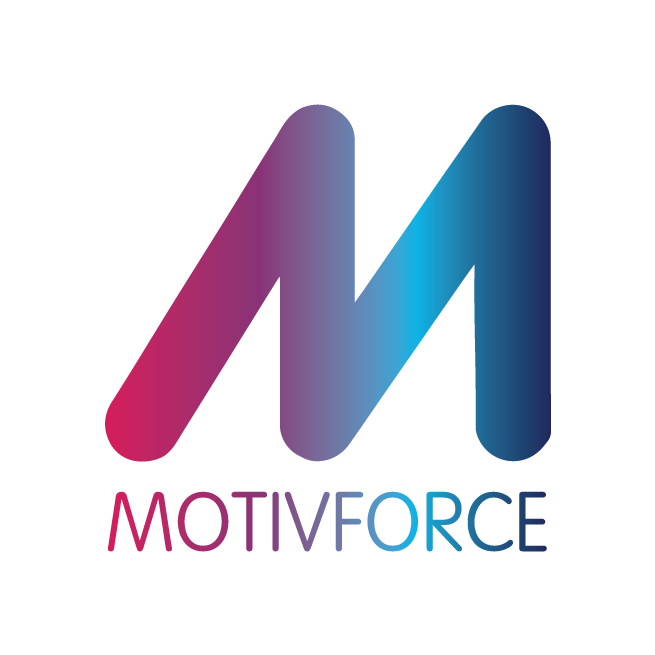Examples of gamification in B2B Loyalty programs
Gamification has become a popular approach for businesses to engage and motivate their customers. By integrating game-like elements into loyalty programs, companies can create compelling experiences that boost customer satisfaction and loyalty. While gamification is often associated with B2C contexts, it is also highly effective in B2B loyalty programs. In this blog post, we'll explore five examples of gamification elements that can enhance B2B loyalty programs, driving customer engagement and fostering long-term relationships.
1. Leaderboards
Leaderboards are a classic game element that can be easily incorporated into B2B loyalty programs. By creating a competitive environment where customers can compare their performance against others, leaderboards motivate customers to engage more frequently with the program. B2B companies can create leaderboards based on various metrics, such as points earned, number of referrals, or revenue generated.
For example, a software company might create a leaderboard for their top-performing reseller partners, ranking them based on the number of licenses sold or the total revenue generated. This fosters healthy competition among partners and encourages them to increase their efforts to climb the ranks and earn rewards or recognition.
2. Progress Bars and Levels
Progress bars and levels are a simple yet effective way to showcase a customer's journey within a loyalty program. By breaking down the customer's progress into smaller, achievable milestones, companies can encourage customers to stay engaged and work towards their goals.
In a B2B context, progress bars and levels can be used to track and reward customers for achieving specific milestones. For example, a cloud services provider may introduce a tiered rewards program for their clients, where clients can earn points and unlock higher tiers with better benefits as they purchase more services or reach specific revenue thresholds.
3. Badges and Achievements
Badges and achievements provide an additional layer of motivation and recognition for customers participating in loyalty programs. B2B companies can create various badges and achievements tied to specific actions or milestones, rewarding customers with digital or physical rewards.
For instance, a B2B e-commerce platform could offer badges and achievements for customers who reach specific spending levels, complete product training, or engage in other valuable activities. These achievements can be showcased on the customer's account page, fostering a sense of pride and accomplishment, and encouraging them to continue engaging with the platform.
4. Quests and Challenges
Quests and challenges are a dynamic way to encourage customer engagement and reward them for completing specific tasks. By designing time-limited challenges, B2B companies can create a sense of urgency that drives customers to take action.
For example, a B2B marketing agency could offer their clients a limited-time challenge to complete a series of tasks, such as creating a new blog post, running a social media campaign, or attending a webinar. Completing these tasks would earn the client points or other rewards, while also providing the agency with valuable insights into their clients' needs and interests.
5. Collaboration and Team-based Goals
Finally, B2B companies can tap into the power of collaboration and team-based goals to foster camaraderie and teamwork among customers. By creating team-based challenges or rewards, companies can encourage customers to work together, share knowledge, and achieve common goals.
For instance, a B2B SaaS company could create a loyalty program that rewards teams for collectively reaching specific milestones, such as completing product training, referring new clients, or achieving a certain level of product usage. This approach not only incentivises individual customers but also strengthens relationships across teams.
Gamification elements can help B2B companies create more engaging and effective loyalty programs. By incorporating elements like points and badges, progress bars, challenges and contests and leaderboards, companies can motivate customers to engage more and increase their loyalty and satisfaction.

